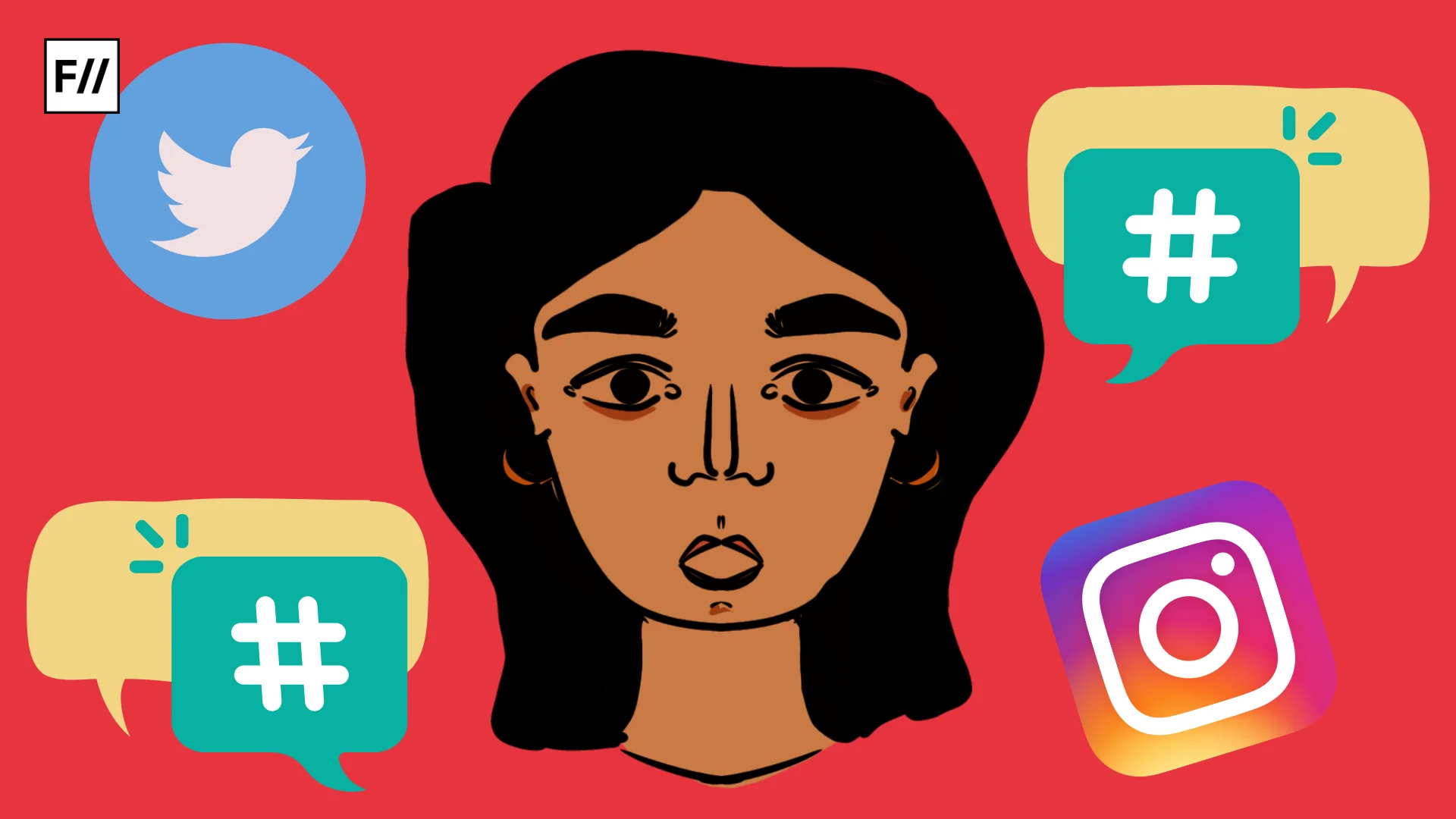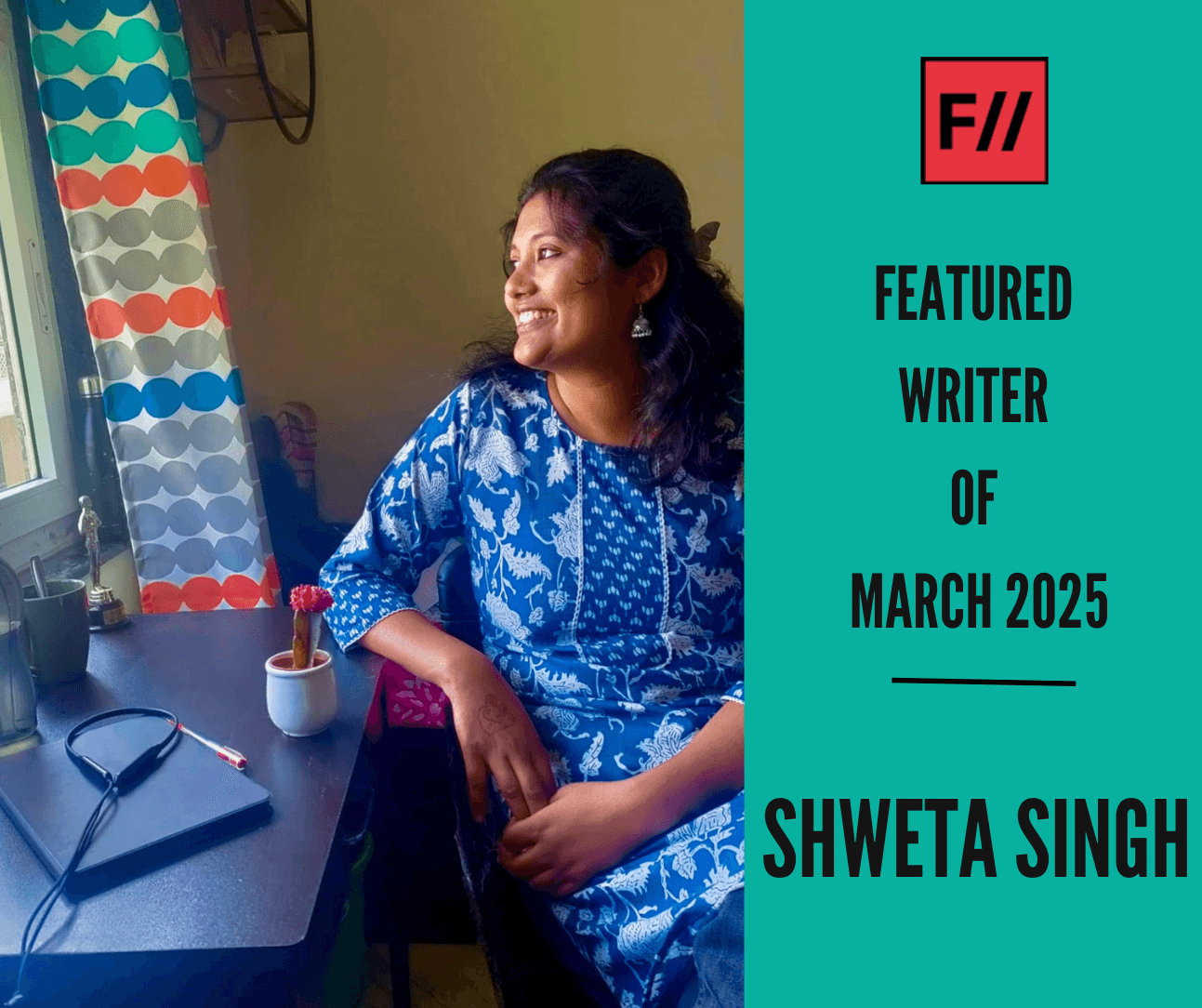In 2016, Feminism in India (FII) published a groundbreaking research report on technology-facilitated gender based violence titled ‘Online Violence Against Women in India’. The report aimed to analyse the unique threats that women and marginalised groups in India face online and how Indian laws affect these problems. It found that 58% of respondents have faced some kind of online aggression in the form of trolling, bullying, abuse or harassment. ‘If I write feminist views, men start calling me names and making offensive remarks,’ said one. ‘When I took up the issue of sexual abuse by a priest in a church, his followers attacked me and my work,’ said another respondent conducting research into gender issues online.
Violence against women and girls affects one in three women according to the World Health Organisation, making it a global human rights emergency that must be stopped at all costs. One of the fastest growing forms of abuse is digital violence against women and girls.
Digital tools and the rise of AI are increasingly being used to stalk, harass, and abuse women and girls worldwide. The consequences of these acts are not just limited to the online sphere, but it often bleeds into real life through acts of violence like coercion, physical abuse, and even femicide. This causes long-lasting harm and often affects survivors over a prolonged period of time. While women from all walks of life are more affected by digital violence than men, it is especially bad for those with public or online visibility – such as activists, journalists, women in politics and human rights defenders. Women facing intersecting forms of discrimination, including race, disability, gender identity, caste or sexual orientation are even more vulnerable than most.
Digital violence is incredibly hard to stop due to various factors like lack of accountability and low standards of ethics from tech platforms and social networking sites, weak regulation of the technology sector and lack of legal recognition for such forms of violence in most countries, anonymity of perpetrators and limited support system for survivors of cyberbullying and the rise of AI and related tools which has only amplified the issue to horrifying extents.
In 2017, the EU estimated that 1 in 10 women had already experienced some form of online violence from the age of 15 onwards. When the COVID-19 pandemic struck, lockdowns forced people to rely on digital spaces for work, education, and social interaction. Therefore, the chances for abuse multiplied. UN Women’s Rapid Gender Assessment on the impact of COVID-19 on violence against women highlighted significant increases in online harassment, image-based abuse, and cyberstalking during this period. This was the case in the UK, where 38% of women reported increased online abuse.

Digital violence against women in India has become a gnawing concern, with data from the National Crime Records Bureau (NCRB) exhibiting a 28% increase in cybercrimes against women between 2019 and 2020,
Digital violence also affects queer and trans people, especially those active in public forums. From trolls who leave hate comments to stalkers who openly threaten people online, queer people inhabit a precarious position in the digital realm just for existing. In 2023, a 16-year-old queer child and self taught makeup artist Pranshu Yadav died by suicide due to online bullying and hate. Moreover, often, queer people and women are fetishised and harassed online by people and are objectified and hypersexualised by them.
The rise of AI has led to even greater precarity for women and queer people who inhabit digital spaces. From deepfake porn to doctored videos and AI facilitated scams, they are at a much greater risk at this time. According to a UNICEF report, ‘As the accuracy and performance of AI improves and its accessibility increases, so too do the risks AI poses to violence against women and girls. AI tools can be used to surveil and stalk women and girls, tracking their movements, monitoring their communications, and collecting personal information. AI tools also make it easier to create non-consensual intimate images (NCII), also known as deepfake pornography, which can be used to publicly humiliate, shame, discredit, threaten, control, and/or financially coerce women and girls, sometimes resulting in physical harm, including suicide. And AI systems can be used by governments and non-state actors as a weapon of repression, monitoring and suppressing feminist movements, women’s organizations, and others working for social justice.’
However, there is considerable hope in the fight against digital violence. Thanks to years of advocacy by feminist groups and digital rights movements, the 2024 Global Digital Compact set the first UN-wide standards for digital safety and AI governance. Consequently, member states adopted the UN Cybercrime Convention, which is hailed as the first legally binding international instrument for addressing digital violence. The General Assembly even adopted a resolution urging states to take immediate, effective action to prevent and eliminate digital violence and also to strengthen the regulation and accountability of platforms. Similar measures and resolutions have also been adopted by regional bodies like the African Union and EU.
As part of this effort, the UN is running this year’s 16 Days of Activism awareness campaign against Gender-Based Violence under the theme ‘End digital violence against all women and girls’ in an effort to revitalise past commitments, call for increased accountability in an ever-evolving digital sphere and effective action from decision-makers around the world. To mark this, the campaign calls on:
- Governments to create, pass and enforce laws that define and criminalise digital violence, protect personal information and strengthen tech sector accountability
- Tech companies to enforce content moderation to ensure platform safety, remove harmful posts, enforce codes of conduct and publish transparent reports
- Donors to invest in feminist organisations working to end violence against women and digital rights advocacy groups to aid in bringing increased accountability to social platforms and tech companies
- Individuals to speak out, support survivors, and challenge harmful online norms and conversations in an effort to create a safe digital space for everyone
To create a discourse about gender, AI and digital violence, FII is looking for submissions throughout the month of November for our Mood of the Month. We shall be reviewing and publishing articles on a rolling basis till the 25th of November. Please send us your pitches as soon as possible.

Some of the themes that you may find helpful are listed below:
- Gender and image-based sexual abuse (revenge porn)
- Gender and cyberbullying
- Tech irresponsibility
- Gender and online hate speech
- Gender and digital surveillance
- Catfishing and impersonation
- The manosphere and online incel culture
- Gender, caste and online harassment
- Queerphobia and digital violence
- Gender and AI facilitated abuse (deepfakes)
- Gender and digital rights
- Cyberfeminism
- Digital feminist solidarity
This list is not exhaustive and you may feel free to write on topics within the theme that we may have missed out here. Please refer to our submission guidelines before you send us your entries. You may email your submissions to info@feminisminindia.com.
We look forward to your drafts and hope you enjoy writing them!
About the author(s)
Feminism In India is an award-winning digital intersectional feminist media organisation to learn, educate and develop a feminist sensibility and unravel the F-word among the youth in India.




